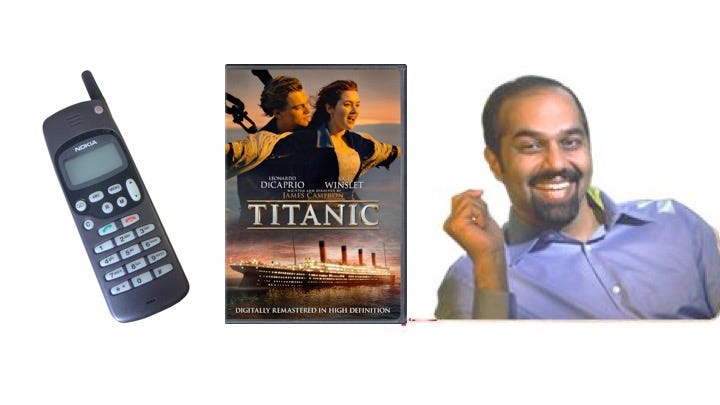February 2017 marks the fifth anniversary of one of the most disruptive inventions ever. Ridesharing went from an idea ahead of its time in 1997, to a crazy idea in 2011, to cars on the streets in 2012. Today Uber, Lyft, and other ridesharing companies around the world like Didi, Grab, and Ola are worth tens of billions of dollars. Ridesharing is on course to overturn the world of automobiles to become the dominant mode of transportation in the world.
In Brad Stone’s book, The Upstarts: How Uber, Airbnb, and the Killer Companies of the New Silicon Valley Are Changing the World, he says, “Ten years ago, the idea of getting into a stranger’s car, or a walking into a stranger’s home, would have seemed bizarre and dangerous, but today it’s as common as ordering a book online.” Sidecar’s story is included as the starting point of ridesharing, but it is important for the full story to be laid out.
Part I: Inspiration
The story started in 1997. I was waiting for my wife to pick me up from Mission Cliffs, a climbing gym in San Francisco. She was late. I was bored,gazing at cars driving by and fiddling with my phone. That was when it struck me. There were people driving around. Why couldn’t I convince one of them to take me home? If only they knew I needed a ride. Some might have even been going my way. Someday, I knew, my phone, messaging, and GPS would come together to make this possible. The buzz in the mobile world at the time was about an FCC mandate to make all mobile phones’ locations accessible to tracking for 911 emergency calls.

A few years later, I convinced a friend, Neil Peretz, to help me figure out how to launch a company, which we called “vCar” for “virtual car.” Neil had a diverse background including being a lawyer, working in China, and starting his own company that pioneered email on a phone before Blackberry. “I think phones can replace the need for cars,” I said to him. After two months, though, I declared the project over. There was not a lot of interest in our service from consumers, who seemed content driving in the era of $.99 gasoline. In addition, we realized this idea would mean taking on two slow-moving bureaucracies. One was having to deal with the cell phone carriers to get access to location information. The second was dealing with regulators and politics. We read “Paratransit in America” by Robert Cerveros at UC Berkeley. It described the meteoric rise and fall of jitneys in 1920s America. Jitneys were a transportation innovation crushed by the political power of taxi and transit companies that used their influence to make jitneys illegal.
So I put the idea on the shelf, but figured I should apply for a patent. While I wasn’t sure if they’d be useful in the future, it couldn’t hurt. Plus, it was cool to have another patent. In the meantime, I put transportation behind me. Brightmail was doing well, I had just become a father to twins, and, like the rest of Silicon Valley, I was preoccupied with the aftermath of the disasters of the dot com crash and the 9–11 attacks.
It would take more than a decade before Ridesharing came into being.